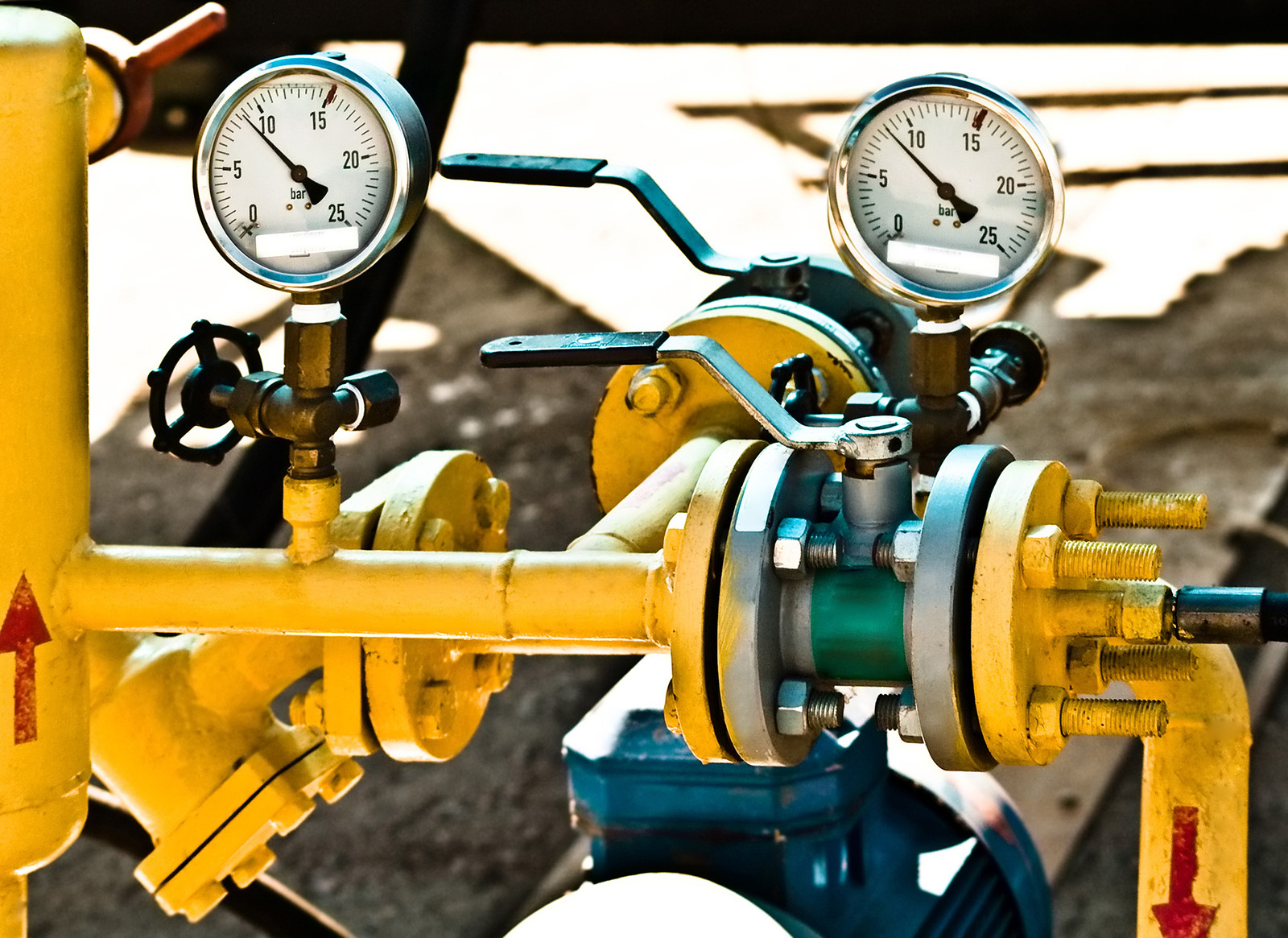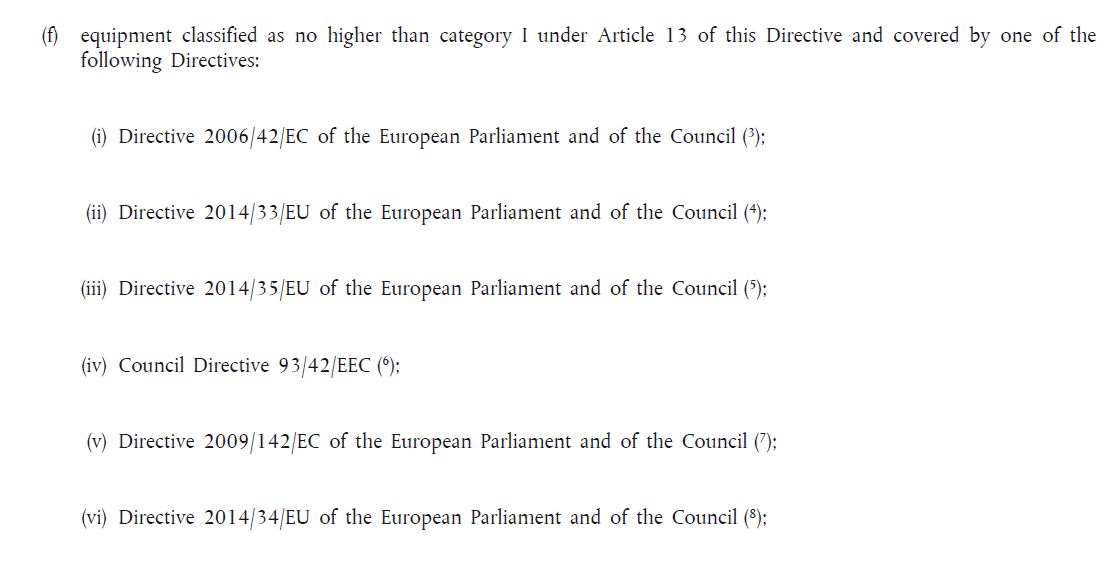
The Pressure Equipment Directive 97/23/EC was recast in 2014 and the new Pressure Equipment Directive 2014/68/EU replaced the old “PED” on July 19, 2016. This revision to the Pressure Equipment Directive was part of the New Legislative Framework and was part of the EU’s effort to coordinate the requirements of different Directives – for example, declarations of conformity now all have the same format. We notified our customers regarding the updated Directives for which we provide technical support and services.
Most of the recast Directives make no new technical requirements and the new PED makes no changes to the requirements or the classification tables in Annex II.
One thing that did change is the classification of the fluid group. The way these fluids are classified is now governed by Regulation (EC) No. 1272/2008. I say “now” because that became effective in June 2015 and did not wait for the new PED to take effect.
Although the PED applies to any pressure equipment or assembly with a maximum allowable pressure greater than .5 bar, there are generous exclusions. We will look at a couple of them in this post.
Wait, did I just write that the PED applies to anything with a pressure greater than .5 bar? That’s only 7 psi! Yes – .5 bar… and keep in mind that if your product is within the scope of the PED, and the pressures are above category I limits, then you MUST work with a Notified Body to claim conformity. All paths through the available conformity modules for equipment above category I pass through a Notified Body.
Do I have your attention now?
However, there are many circumstances where you can calculate or justify your way out of applying Annex I of the Pressure Equipment Directive to your product.
The CETOP Position Papers are a good starting point for hydraulic equipment used in assemblies and machines. The European Fluid Power Committee, or “CETOP,” published two position papers elaborating their position regarding the PED and the Machinery Directive 2006/42/EC.
The position papers demonstrate exclusions to the PED in favor of the Machinery Directive and clarify other inclusions of hydraulic and pneumatic equipment within the scope of the PED. These position papers were written with the PED 97/23/EC in hand so we will refer to that, although the references are shuffled in the new PED 2014/68/EU.
Most notable is the reference to Article 1 (3.6) of the PED 97/23/EC (Article 1 (2) (f) of PED 2014/68/EU) which excludes equipment from the scope of the PED if:
- It is within the scope of any of the following Directives: Machinery, Low Voltage, Lifts, Medical Devices, Gas Appliances, or ATEX.
AND –
- piping and connecting devices for liquids of group 2 when PS ≤ 10 bar, or *DN ≤ 200, or when PS ≤ 5,000 bar
OR –
- piping and connecting devices for gas of group 2 when DN ≤ 32 or PS*DN ≤ 1,000
*Note that in the PED, DN is outside thread diameter in millimeter and PS is pressure in bar.
Broadly, Article 1 (3.6) means that if the equipment is below “category 1” levels (which are indicated in Annex II of the Directive) and the equipment is within the scope of one of the other indicated Directives then the equipment is totally excluded from the Pressure Equipment Directive… the PED can be ignored in these cases.
See 2014/68/EU, Article 1 (2.) (f) – the equivalent to 97/23/EC, Article 1 (3.6) –


There are other exclusions to the PED within the Directive. We will address more next week in a new post.
Have a question or a comment? We can be contacted via this link. We can be reached by phone at 855-652-7281 and are here to help you.
